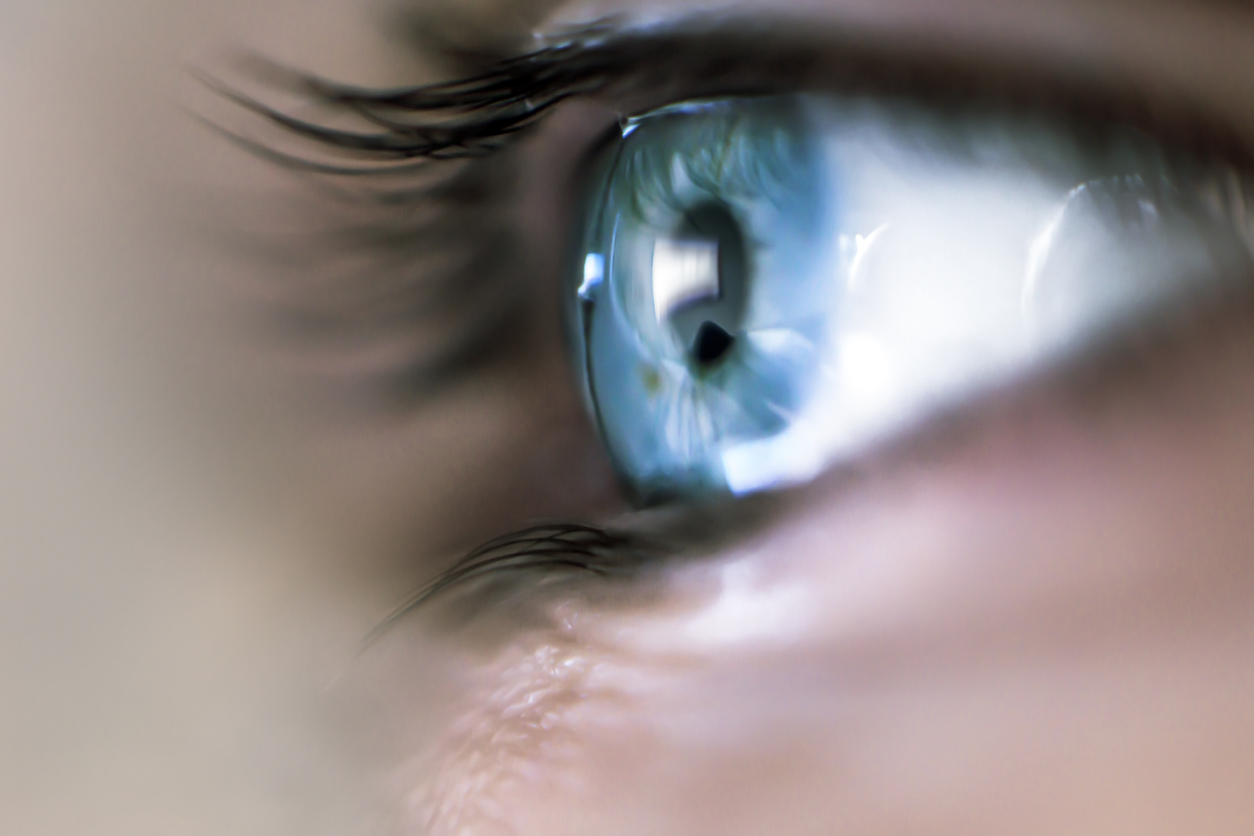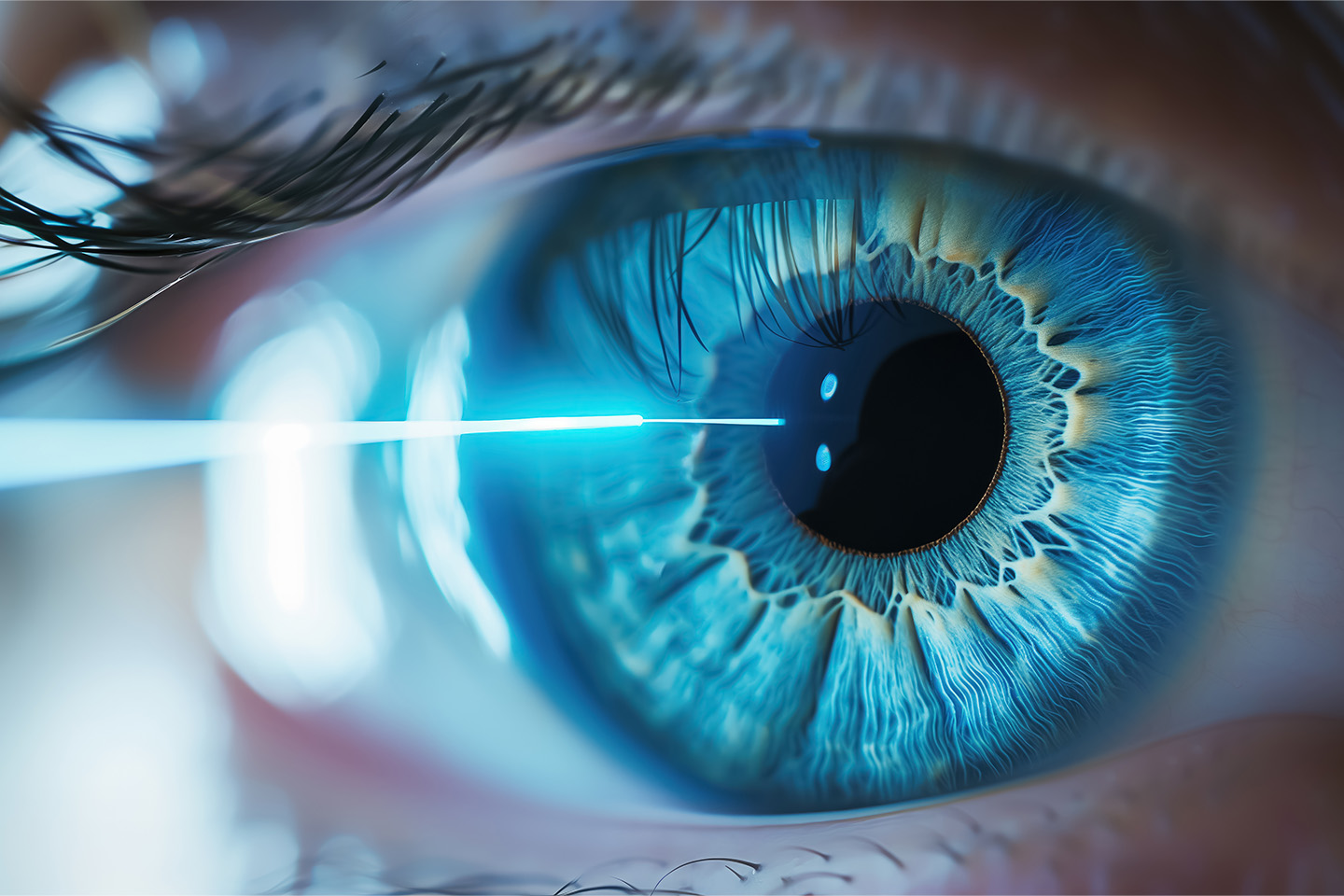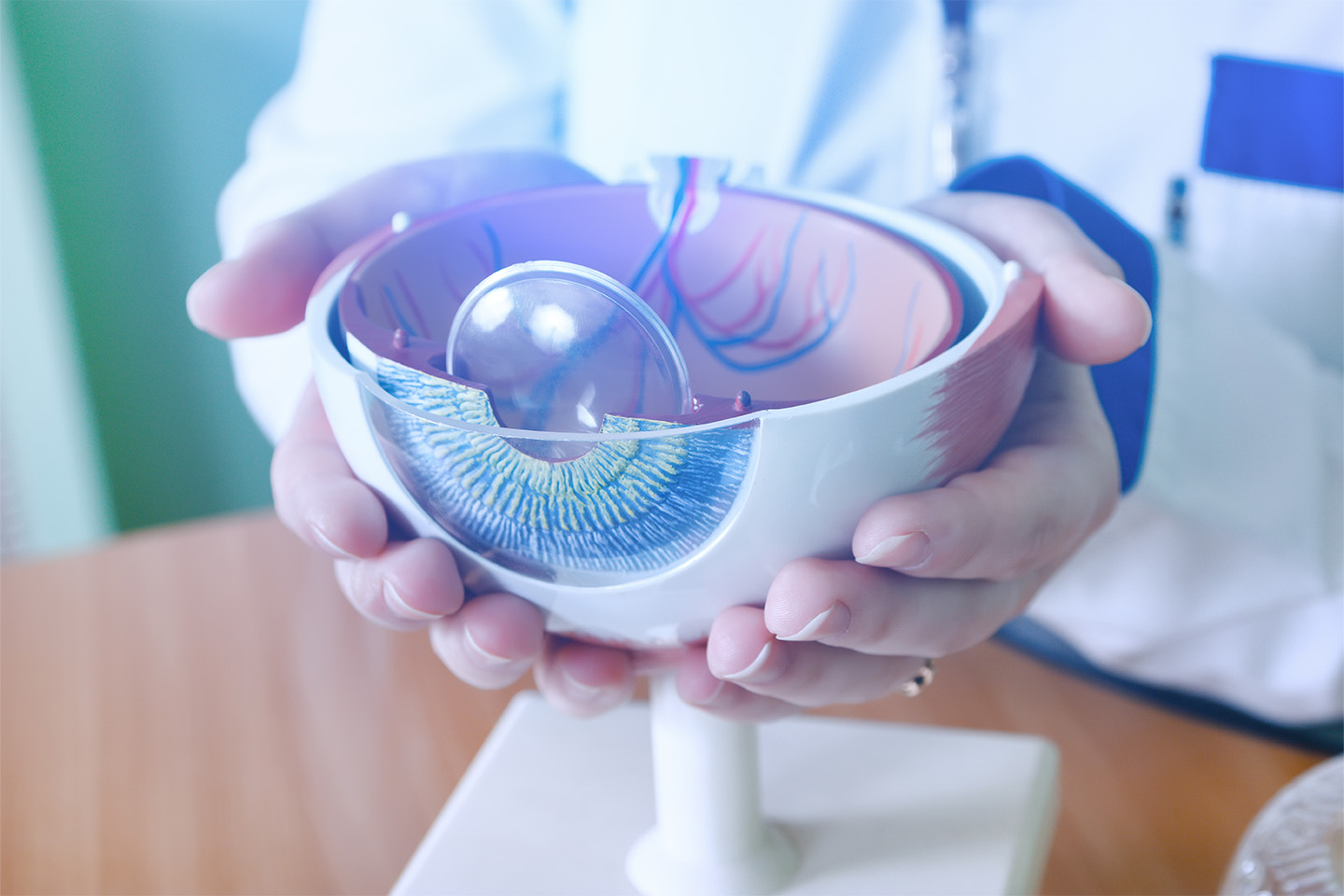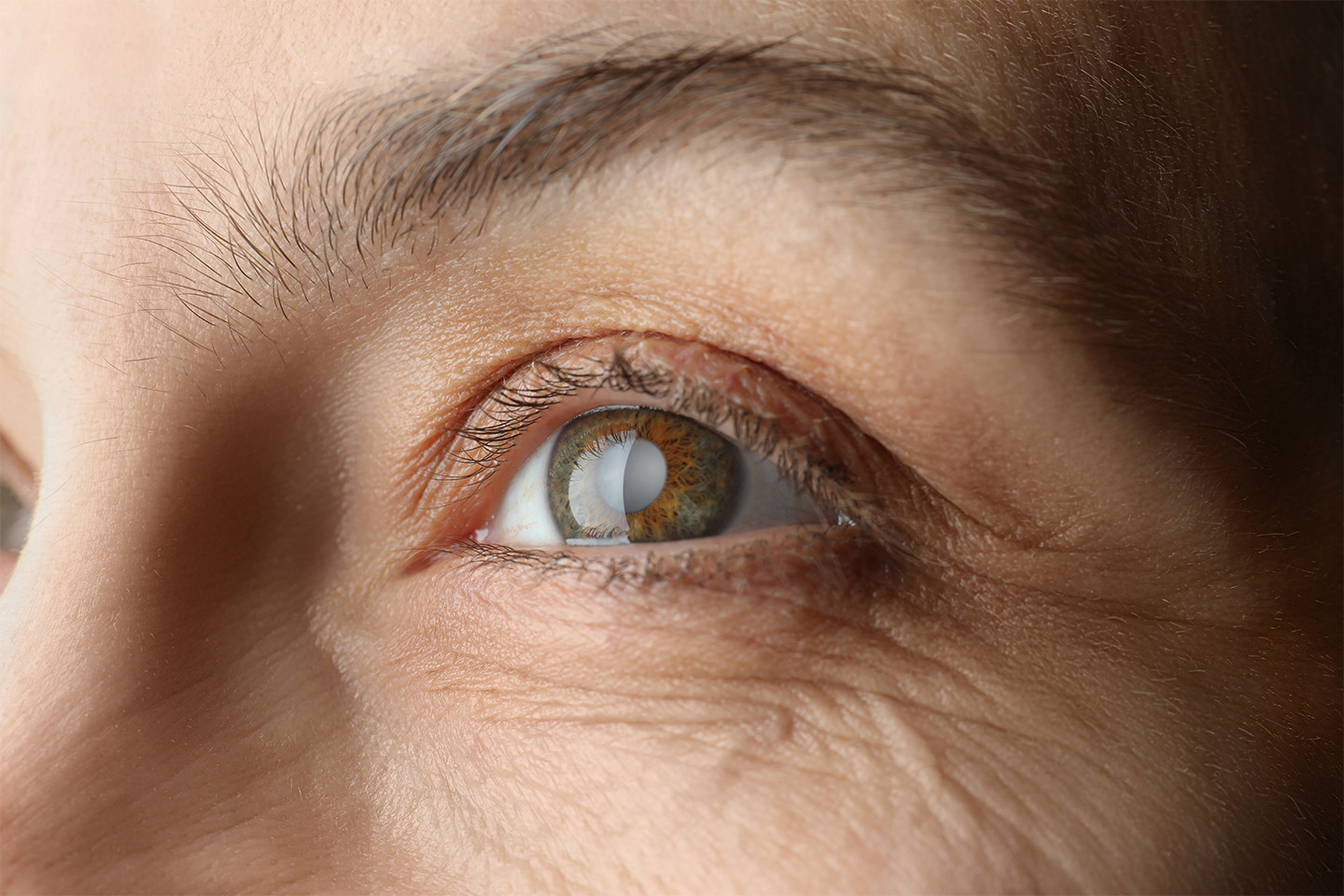The Science of Tears

From flushing out debris to protecting your eyes from irritants, tears are a critical part of eye health and safety.
Whether we appreciate them or not, tears are essential to protecting our eyes and maintaining healthy vision. Tears can flush out debris, protect the cornea from irritants, and even get rid of potentially harmful bacteria.
With such a critical role to play in eye health, issues with tear production may lead to larger vision problems. For example, dry eye syndrome — a condition that affects nearly 5 million Americans over the age of 50 — has been linked to poor tear production. This can occur for people who don’t produce enough tears or whose tears have a number of chemical deficiencies.
If you’re experiencing dry eye syndrome, it’s important to talk with an eye care specialist about your options. By learning more about tears, what they’re made of, and what triggers them, you can make smart, informed decisions about your eye health.
What Tears Are Made Of
Tears are produced in the lacrimal glands located in the outer corners of the eyelids. These glands pull the necessary materials for tears from your blood plasma, including water, the electrolytes that give tears their salty taste, proteins, lipids, and mucins.
Each of these components has a role to play. The water and electrolytes form a saline solution that helps deliver vital nutrients to the surface of the eye. The mucus binds tears to the eye and prevents dry spots from forming on the cornea. Finally, the lipids ensure that tears don’t evaporate before they do their job.
Different Kinds of Tears
Interestingly, the types of tears your body produces will differ depending on the situation. Tears serve to fight bacteria, flush out debris, replenish nutrients, replace certain hormones, and more.
For example, basal tears are the everyday tears that keep the eye moist and nourished. They’re essential to protecting the cornea and help keep base levels of debris out of the eye. Reflex tears are produced to flush out irritants, such as smoke, fumes, or bacteria. These usually contain antibodies that can help neutralize potential threats. Emotional tears form in response to happiness, sadness, or other emotions, and some experts believe they deliver unique hormones and proteins.
Problems with Tears and Tear Production
Patients who don’t produce enough tears may face a number of issues. One such problem — dry eye syndrome — can develop if the lacrimal glands don’t release enough of the water, mucins, or lipids necessary to bind tears to the eye. This dries out the surface of the eye and can lead to discomfort.
Surprisingly, dry eye syndrome can actually make the eyes more watery. As deficient tears fail to keep the eye properly moistened, the tear ducts produce more and more inadequate tears to try to compensate. Other dry eye symptoms include burning, itching, sore eyelids, sensitivity to light, and trouble driving at night.
If you’re struggling with dry eye syndrome or have questions about your tears, consider reaching out to a qualified eye care specialist today. During your consultation at Kleiman Evangelista Eye Centers of Texas, you’ll speak with trained professionals who can identify any issues you’re facing and help you come up with a treatment solution.
Turn To The Top Eye Doctors In Texas
Check out one of our locations below for the best eye care near you:
[DISPLAY_ULTIMATE_SOCIAL_ICONS]








